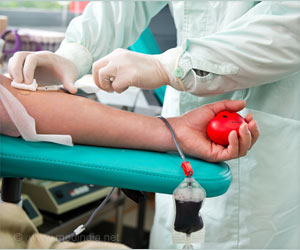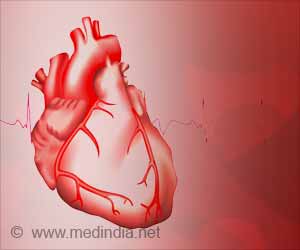Tilt training programme effectively reduces worry and fear about fainting, improves quality of life and enables patients to return to work, reveals a new study.

‘Tilt training programme effectively reduces worry and fear about fainting, improves quality of life and enables patients to return to work.’
Read More..




"Our study included teachers who fainted in the classroom and had to quit work," said study author Dr. Sergio Laranjo, of the Hospital Santa Marta, Lisbon, Portugal. "None of the conventional treatments had helped, but after tilt training, they stopped fainting and were able to resume their jobs."Read More..
Syncope affects one in two people during their lifetime and is one of the leading emergency care conditions. For some with recurrent episodes, it is life-limiting - they end up in an emergency or admitted to the hospital, and fear stops them working and socializing. Fainting is caused by either a fall in blood pressure and/or a number of heartbeats. The most common triggers are standing in a hot, crowded space or sitting up too quickly. Some patients have no warning signs, and medications or devices do not help.
A tilt training programme was designed to retrain the autonomic nervous system (which controls heart rate and blood pressure) to respond correctly to moving to an upright position.
The response of both the autonomic nervous system and cardiovascular system improved - for example, blood pressure did not drop when moving upright and cardiac output (the volume of blood pumped with each beat) normalized. But, more importantly, an average of 5.5 years after the programme, 86 percent of patients had not fainted again. In the rest (14%), average numbers of yearly faints (syncope) and presyncopal episodes (feeling faint) fell significantly by more than half - from five faints to less than two, and from more than 11 presyncopal episodes to less than five.
Twenty-five patients completed the "Impact of Syncope on Quality of Life" questionnaire before tilt training and six months afterward. It showed that tilt training was significantly associated with less worry, fear, and frustration related to fainting.
Advertisement
The study enrolled 102 patients who had fainted at least twice in the previous six months or fainted once and had three presyncopal episodes in the previous year.
Advertisement
Aerobic exercise was included to retrain the muscles and cardiovascular system, noted Dr. Laranjo. "Despite their young age, the fear of fainting caused these patients to become very inactive," he said.
Dr. Laranjo said that many patients with syncope are passed between doctors in different specialties with no effective treatment. "These results show that tilt training is a safe and effective treatment option for selected patients with recurrent syncopal episodes," he said.
ESC guidelines recommend that patients are referred to a syncope unit for one-stop multidisciplinary assessment, diagnosis, therapy, and follow-up.
Source-Eurekalert









